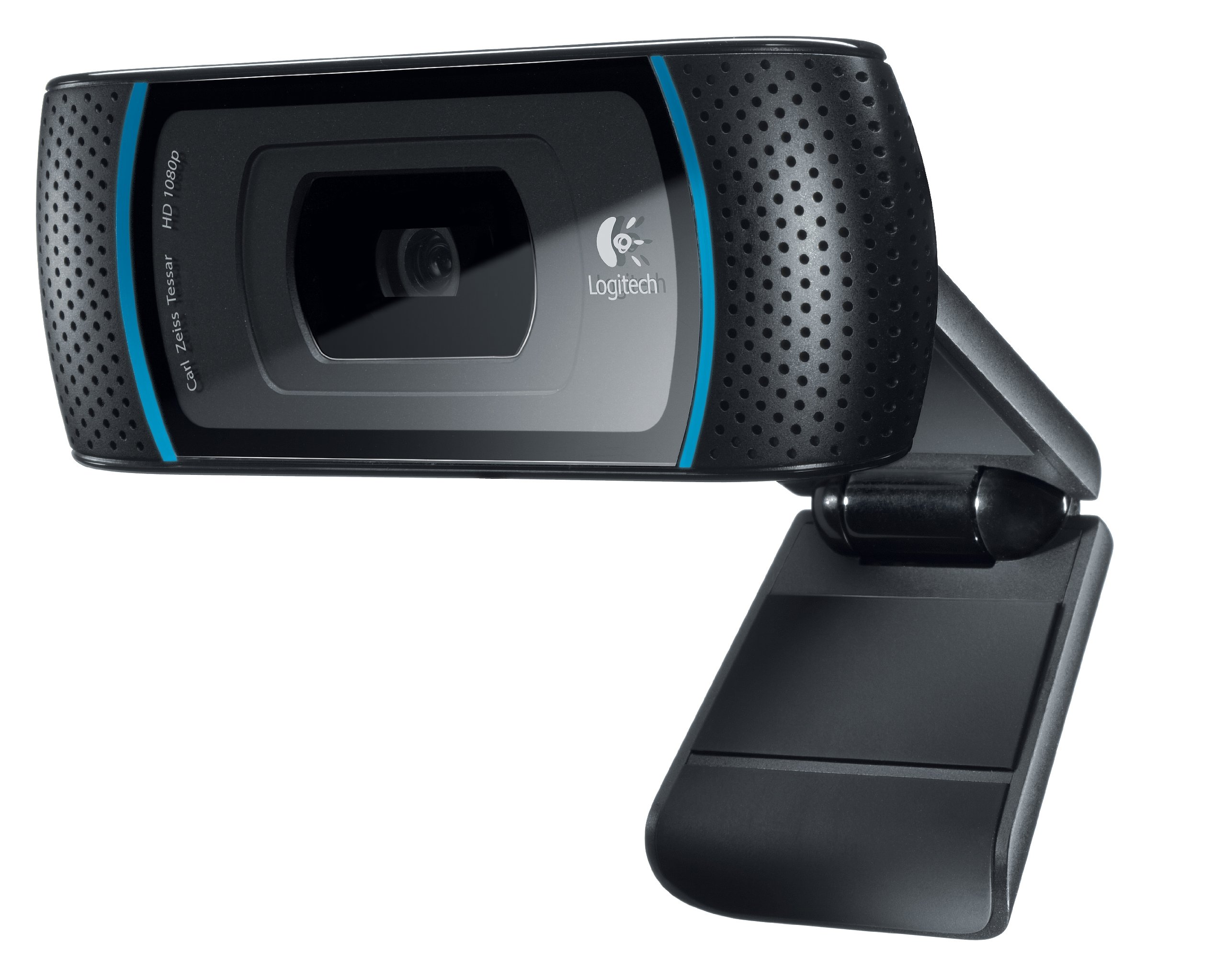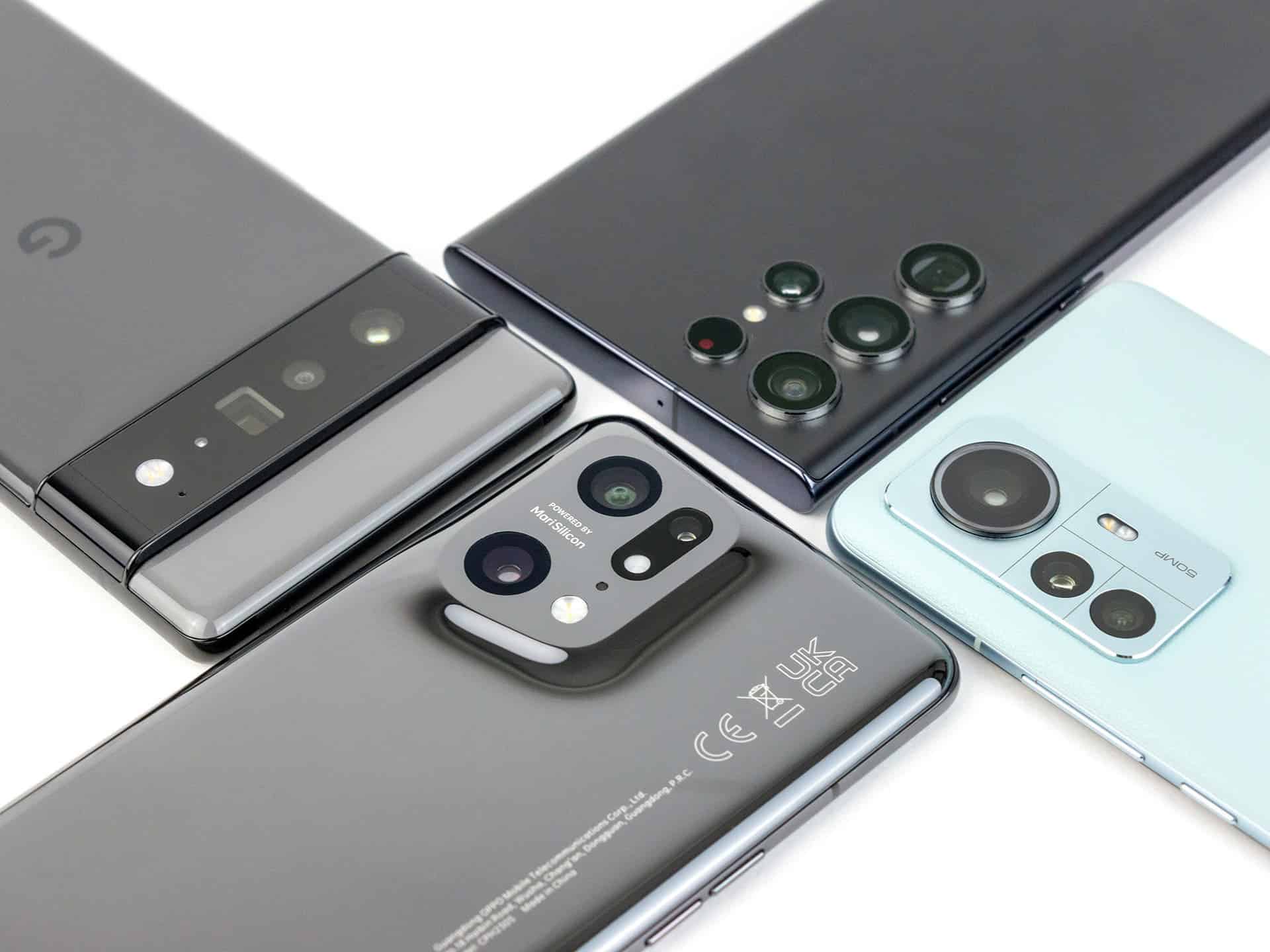The Google Pixel 8 Pro has arrived, and it’s clear that the camera remains the standout feature of this device. While there are certainly other improvements and additions, if photography and videography are not your top priorities, there may be little reason to upgrade from the Pixel 7 Pro. However, for those who value capturing stunning moments and creating high-quality content, the Pixel 8 Pro is definitely worth considering.
Key Takeaway
The Google Pixel 8 Pro remains a top-tier smartphone when it comes to photography and videography. While it may not offer groundbreaking features beyond its predecessor, the camera enhancements, including AI-based photography and editing, make it a compelling choice for users who prioritize capturing exceptional moments. With a bright display, unique temperature sensor, and the power of Google’s Tensor chip, the Pixel 8 Pro offers a well-rounded package that will please photography enthusiasts.
A Constant Quest for Improvement
The smartphone industry has been grappling with the question of what comes next. With foldable phones offering some hope, it’s clear that the battleground has shifted to incremental upgrades. While display resolution was once the driving force, it’s imaging that remains at the forefront. Despite significant advancements in smartphone photography, there is still room for improvement.
Even with computational photography and AI algorithms enhancing the smartphone camera experience, there are challenges that users face. Uneven lighting conditions, low light situations, zoom limitations, and plain old bad luck can still result in subpar images. However, manufacturers like Google have been at the forefront of pushing the boundaries and finding ways to overcome these obstacles.
From the early days of the Pixel line, Google believed that software could overcome hardware limitations. The company’s dedication to computational photography has resulted in significant strides in image quality. While Google initially stuck with a single camera sensor, it eventually embraced the multi-camera trend seen in its competitors. The result is a harmonious balance between hardware and software solutions, delivering exceptional camera capabilities.
Iterative Improvements and Subtle Changes
When the Pixel 6 arrived, it was a turning point for Google’s smartphone line. The hardware redesign, introduction of first-party silicon, and significant camera updates rejuvenated the brand. However, subsequent releases, including the Pixel 8 Pro, have been more iterative than transformative. This demonstrates an understanding that consumers value consistency and familiarity, while still craving excitement and innovation.
In terms of new hardware features, the Pixel 8 Pro boasts a remarkably bright display and the addition of a temperature sensor. While the latter seems like an odd addition, it offers some unique possibilities. The Thermometer app that accompanies the sensor provides surface temperature readings, though it is not intended for measuring body temperature. It may not be a feature that was in high demand, but it brings a sense of novelty to the device.
Screen brightness may not be at the forefront of every user’s mind, but it is a valuable addition, especially when viewing the phone in direct sunlight. The Pixel 8 Pro’s display maxes out at an impressive 2,400 nits, ensuring excellent visibility even in bright conditions. This surpasses the brightness capabilities of competing flagship devices.
The Power of Google’s Tensor Chip
Like other flagship smartphones, the Pixel 8 Pro introduces a new chip with enhanced capabilities. Google’s first-party Tensor chip may not match the industry-leading performance of Qualcomm’s Snapdragon 8 Gen platform, but it offers unique features tailored to the Pixel’s photography and editing prowess. The chip enables AI-based photography enhancements, such as Real Tone for more accurate skin tones in photos and videos.
One of the standout features in the editing department is Best Take, which allows users to superimpose facial features using similar photos. This means that instead of discarding a shot or applying a generic smile filter, the Pixel’s editing features enable precise adjustments. While this may verge on the uncanny valley, the blending is seamless and impressive.
Additionally, the Magic Editor offers impressive background removal and subject positioning capabilities. Though its effectiveness may vary depending on the background, it represents one of the most advanced mobile photo editing tricks available.
All About the Camera
While I was unable to thoroughly test the camera due to personal circumstances, it’s safe to say that the Pixel 8 Pro’s camera continues to deliver impressive results. Google’s dedication to imaging excellence shines through in its latest flagship device. The camera remains the primary selling point, excelling in both photography and videography.
It’s true that the Pixel 8 Pro does not offer groundbreaking advancements beyond its predecessor. However, for most users, incremental improvements are often more than enough. It’s important to note that the Pixel 8 Pro comes with a slightly higher price tag compared to its predecessor. This places it in the $1,000 flagship club, indicating that Google is no longer solely focused on providing budget-friendly alternatives. Nevertheless, the device still offers significant value, as Google promises software upgrades for seven years, far surpassing most competitors.


















